How important is character? Very, as it turns out. But don’t take it from me.
Brett Grell, in “Character in Literature / Definition, Types & Examples,” writes:
“There are two required elements of a story; the first being characters, the second is the plot or events of the story.”
In this post, author/editor Kristen Stieffel calls character:
“…the most important fiction element.”
From “In Their Own Words: Why do we care about literary characters?” Blakey Vermeule suggests that:
“We use fictional characters to extend our minds out into the world and to break the world down to a manageable size. The practice is ancient and universal.”
From “Why is Character so Important?” at In Learning on LinkedIn:
“Character is our connection point as readers into our favorite plots, our favorite worlds. Without character, readers will not fall in love with the book that you're creating. The character is truly the lens through which your fiction comes alive.”
Still not convinced that character is the rock star of the novel? A quick search will reveal innumerable lists of “Best, Most Iconic, Favorite” fiction characters of all time.
All this is to emphasize that the component of character is huge. It’s why I’ve harped (or spent rather more time than perhaps I should have) on backstory. Months from now, I’ll offer bite-sized posts on different aspects of character with links and insights on:
· Character Types
· The protagonist, the antagonist and the rest of the cast
· Description and over-description
· Arc
…among other topics. But for the foreseeable future, I’ll hit aspects of character motivation. And then—because we’ve generally done a lot of discussing with no doing—I’ll introduce a new and long-teased feature called:
In this, we’ll plunge headlong into how story can be created from character by showing before-and-after stages, drafts and notes of a specific tale which I wrote and later had accepted and published, using the tips and ideas I’ve been posting all along. I’ll finish this mini-series by republishing the story here.
For now, though, let’s ask this appropriate:
Q: Character is big, I get it. It’s so big I’m intimidated. How do I even get started?
A: With baby steps.
First, know that the layers and details necessary to build a great character won’t happen overnight. Start by writing a modest backstory: no more than a paragraph or two (you can and will add to it later), using the ideas from Writing Rhythm Issues #36-39.
As you work up this backstory, consider Kristen Overman’s fine Good Story Company blogpost Why is Strong Character Development Important?, in which she suggests:
“A unique character with a clearly defined want and need, who engages with the reader, sharing their emotions and vulnerabilities, can carry a story.”
In your brief backstory, then, buff out the character by introducing motivation which fits your novel (Writing Rhythm Issue #38) plus description of a trait or two which will make the character accessible to the reader.
Also consider Overman’s advice to do all this right up front:
“…as Blake Snyder outlines in Save the Cat, we need a reason to empathize with a character within the first few pages.”
That’s it, for now. Just a backstory paragraph or two with those elements. Then write some of your novel with this in mind. Do a little more tomorrow. Don’t stress, just…repeat.
On to vocabulary. I hate to nag, or go on and on, but please realize I’m talking about a verb, here, not a noun. If that helps.
What does it mean if you harp?
____
Action Plan
My collectible Scary Stories books (for MG, or Middle-Grade, ages 8 – 12) are out of print and hard to get—but I still have copies in new condition. I can sign one and mail it to you or that young reader in your life. Contact me for details.
Next Up
#41) What Your Character Wants: The Ins and Outs. See you in two weeks!
Craig









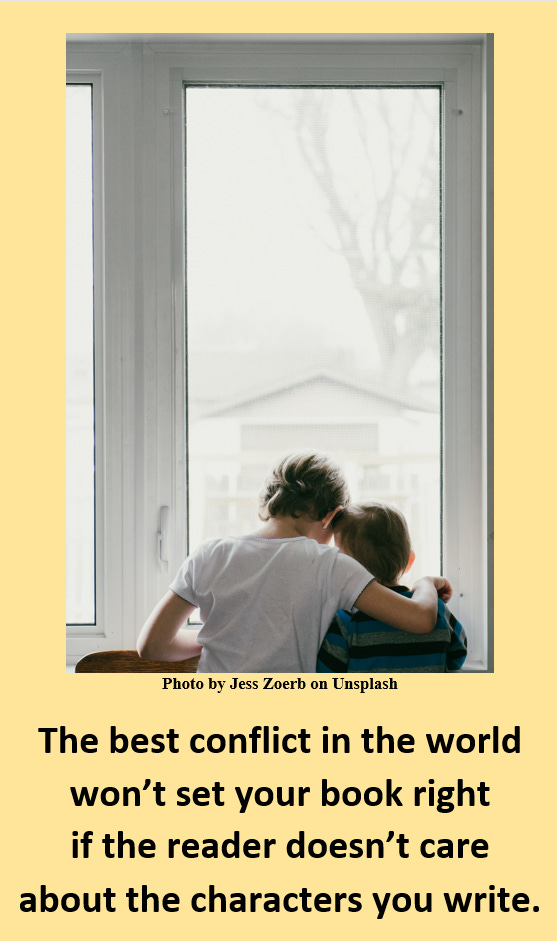

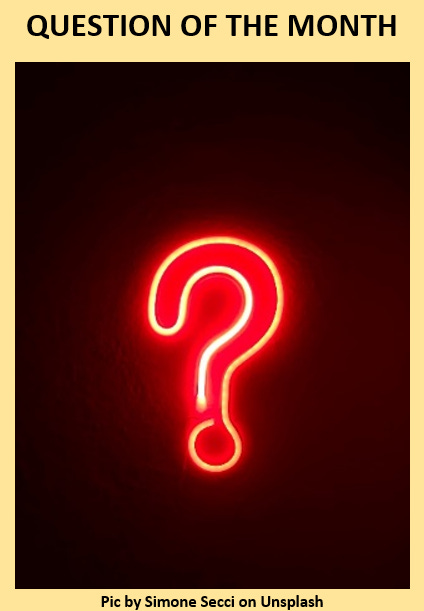



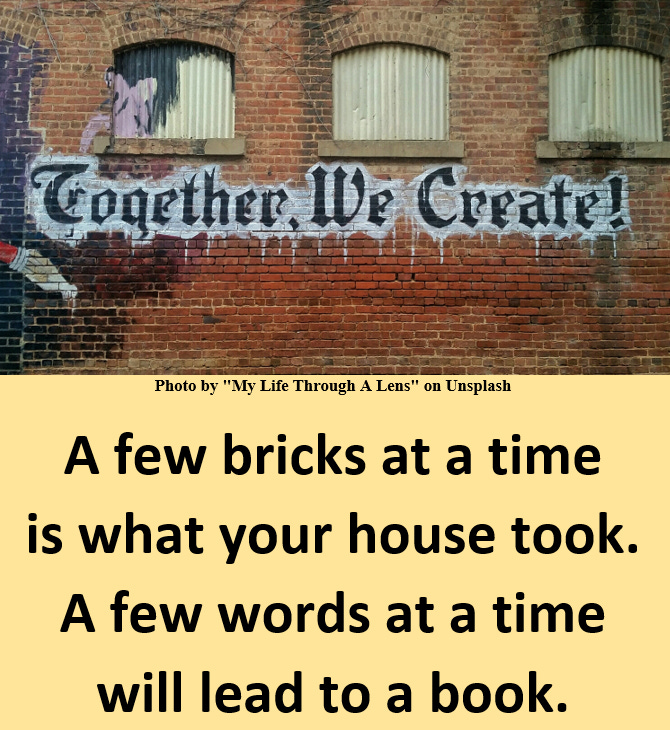
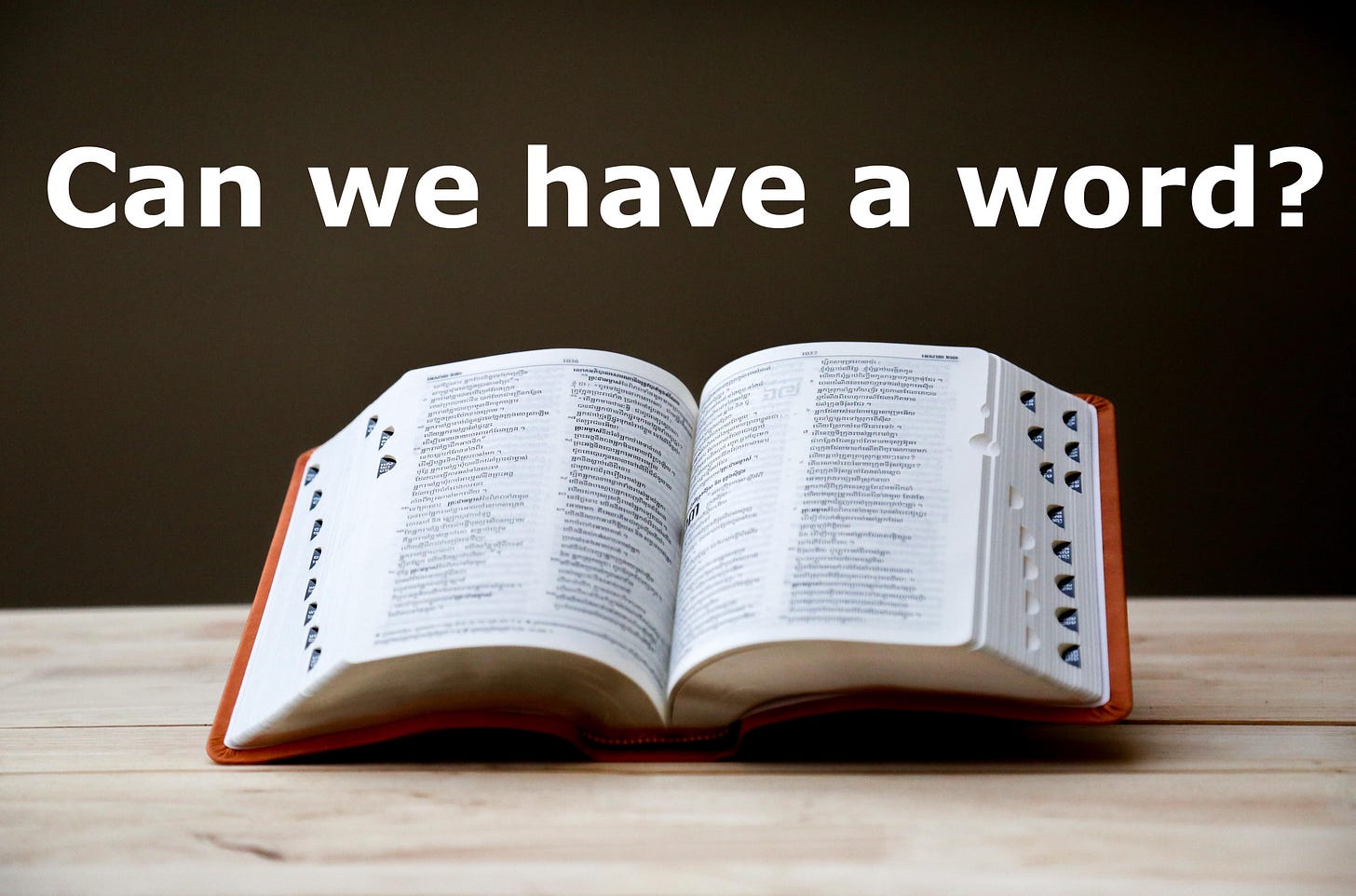
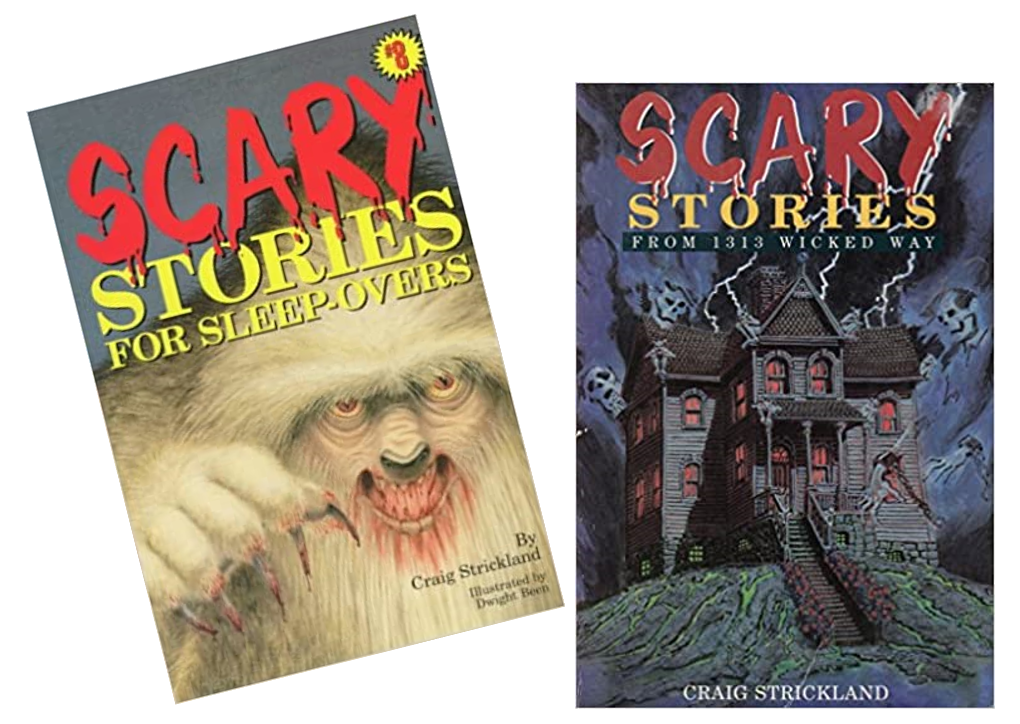

There's two kinds of readers. Those who read to find out what happens next, and those who are primarily involved in character. If you're the latter, who cares what's going to happen next? Something always does : )